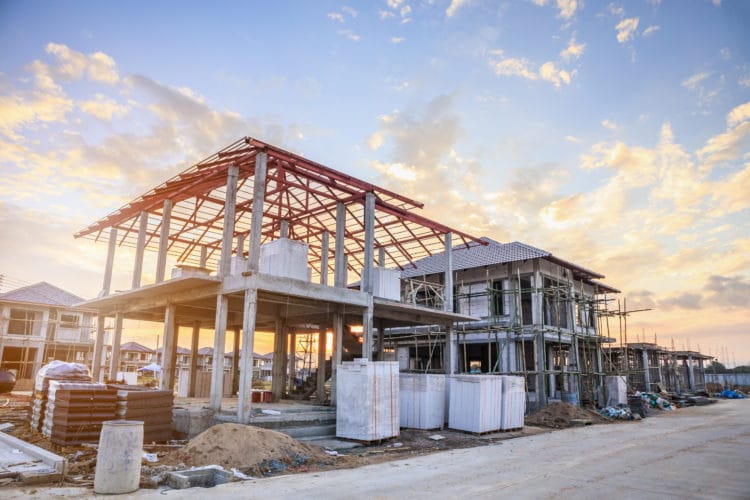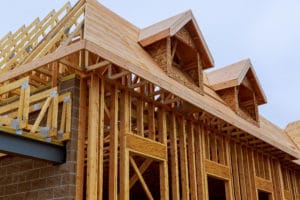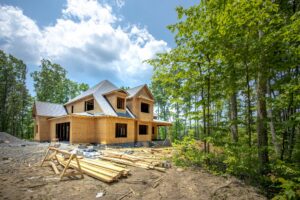To end bidding wars for new homes, make housing legal

In March, a California home sold for $1 million over asking price. In South Florida, renters are bidding up rents and offering to pay a year’s worth of rent up front. Across the country, homes are on the market for just 24 hours before sellers are bombarded with multiple offers, often well above asking price.
No matter what state you live in, stories like these are becoming the norm.
People are desperate for housing. While many are stunned by the current market, it shouldn’t be surprising. The stress of the pandemic has created short-term conditions that have slowed the production of housing.
In spring 2020, several governors halted home construction, considering it a non-essential business. For example, Governor Gavin Newsom of California shuttered new construction of homes and other building-based businesses for over a month.
And while businesses were shuttered, the cost of construction materials skyrocketed, increasing nearly 20% in one year as global supply chains crashed.
Demand has also shifted. In spring 2020, people delayed home purchases due to uncertainty about the future, and fewer people. Then, as companies began to embrace remote working, some workers began to move to more attractive or cheaper areas—and demand for new housing in those areas quickly outstripped supply.
It wasn’t only homeowners who stayed put at the beginning of the pandemic—so did renters. As a result, apartment turnover rates dropped to the lowest they’ve been in decades. And uncertainty and eviction moratoriums have kept renters in their apartments, making it difficult for newcomers to find housing.
But those are just the short-term issues that have created the current housing shortage. Long-term issues eventually would have brought us here.
California has been creating more jobs than housing for decades. Between 2012 and 2017 in the Bay Area, only one new unit of housing was permitted for every six jobs created. So it shouldn’t be surprising that during the pandemic, of the Bay Area population left with their remote jobs for cheaper housing—flooding markets in Texas, Arizona, and other western states.
The roots of this crisis date back to the 1950s and earlier, when local governments began imposing strict land use policies at the behest of their constituents. These policies blocked newcomers and were pushed by residents who didn’t like change, didn’t want more traffic, or didn’t like the color of prospective newcomers’ skin.
Two policies are particularly effective at preventing new construction: zoning laws and the California Environmental Quality Act (CEQA).
In California, over two-thirds of residential land is zoned for single-family housing, which prevents property owners from turning homes into duplexes. Developers are unable to build any multi-family housing or fill in properties to maximize land use.
CEQA exacerbates these problems. Under CEQA, anyone in California can sue to stop or delay a project, which drives up construction costs. Not only do neighboring homeowners have the power to reject new housing developments, but so do people or special interest groups that don’t live anywhere near a project. The result is higher construction costs and large swaths of land that are barred for development, which ultimately pushes housing farther away from metropolitan centers and economic opportunities.
The long-term solution is to loosen up zoning regulations and narrow the scope of CEQA to protecting the environment, not blocking new home construction.
But California can also act now to reduce constraints on building new housing. With the cost of construction materials high, the obvious solution is to allow builders to do more with less. Additions, accessory dwelling units, tiny homes, or conversion of single-family homes to duplexes are less expensive ways to add new housing and don’t dramatically change neighborhoods.
This article is part one in a series on the housing crisis in California.







